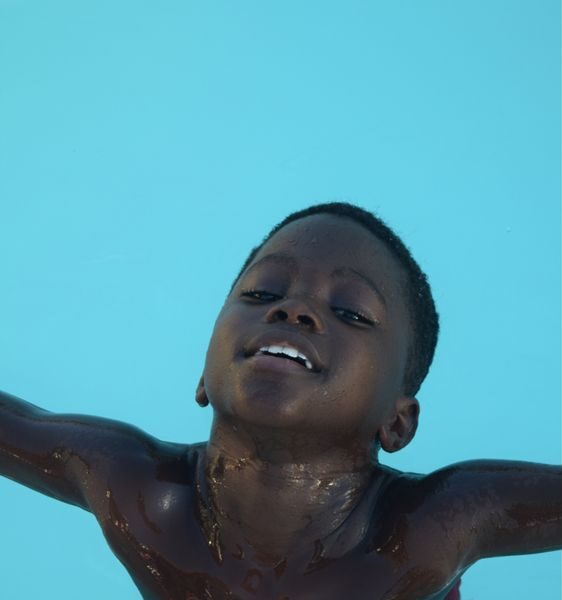
Imagine yourself a few feet away from your child playing near water. Maybe you are tidying up or glancing at your phone, confident you would notice if something went wrong. Surely, there would be splashing, shouting, and a struggle, right?
What if, however, you heard nothing at all?
Not every drowning looks like we would expect. There are no loud cries for help, no dramatic struggle. It is so quiet that you might not even realize your child is drowning right in front of you.
Drowning Is Silent and Happens Quickly
Most parents believe they would know immediately if their child was in danger. However, drowning usually occurs in less than 30 seconds and is eerily silent. Children can slip underwater without making a sound, so every second counts.
We want to raise awareness about the hidden dangers of drowning that many parents overlook, especially in seemingly safe environments.
Typical Drowning Situations That Parents Might Miss:
Bathtubs: Even leaving your child alone for a brief moment can be dangerous. Children can drown in just two inches of water. Stay within arm’s reach at all times.
Small Backyard Ponds: An ornamental garden pond might look harmless but can be as dangerous as larger bodies of water. Ensure these are under constant supervision or securely enclosed.
Kiddie Pools: Your backyard’s small, shallow inflatable pool might seem safe and fun, but children can easily topple over and struggle to get back up. Even a few inches of water can be lethal.
Buckets & Containers: It might be surprising, but a mop bucket or large water container can pose a drowning risk. Infants and toddlers can fall into these and find it difficult to get out.
Unattended Pools: Parents might believe that once a child can swim, constant supervision is not necessary. However, even skilled swimmers can have accidents. Pool covers, barriers, and vigilant adult supervision are vital to prevent tragedies.
How to Prevent These Silent Disasters:
Constant Supervision: Never take your eyes off children near water, not even for a second. Stay within reach.
Learn CPR: Being able to act swiftly in an emergency before help arrives can be lifesaving.
Use Alarms and Barriers: Secure pools and other water sources with fences and alarms to keep kids safe when you’re not around.
Drowning is one of the most common unintentional causes of death for children, but it is also one of the most preventable. By staying vigilant, informed, and implementing simple safety measures, you can protect your children from these silent risks.
You hold the key to your child’s safety; every second counts.
Stay tuned for our next update.
Together, we can prevent these silent tragedies.
Be safe, The South African ChildSafe Team
Author: Sade Linnen
Contributors: Kim Petersen and Sadeeqah Ely

